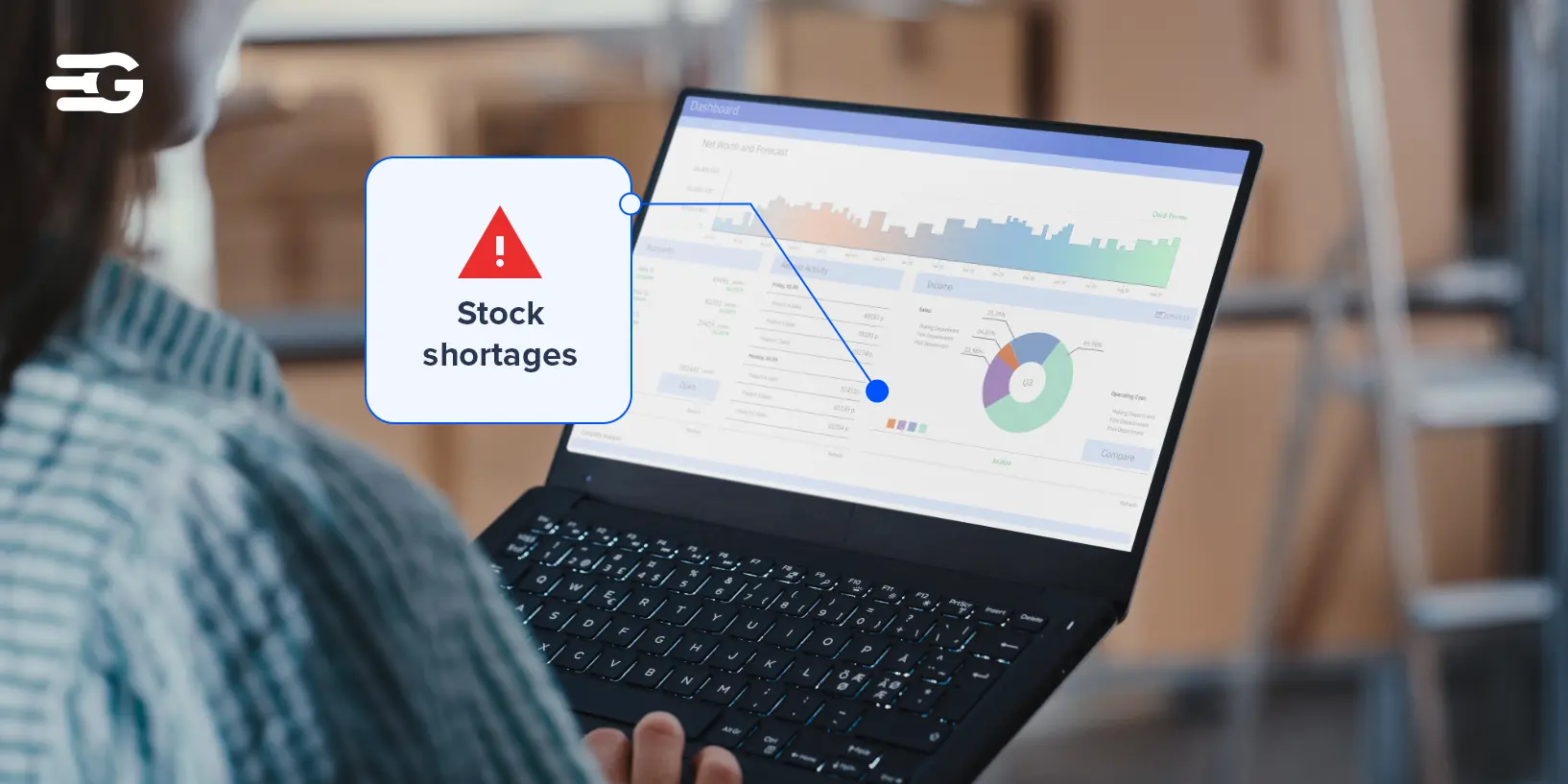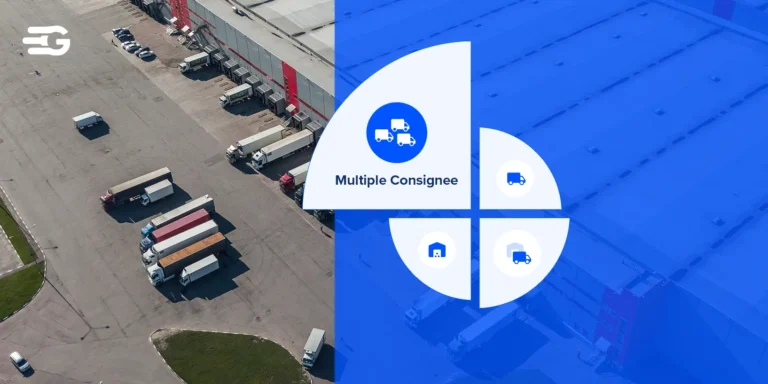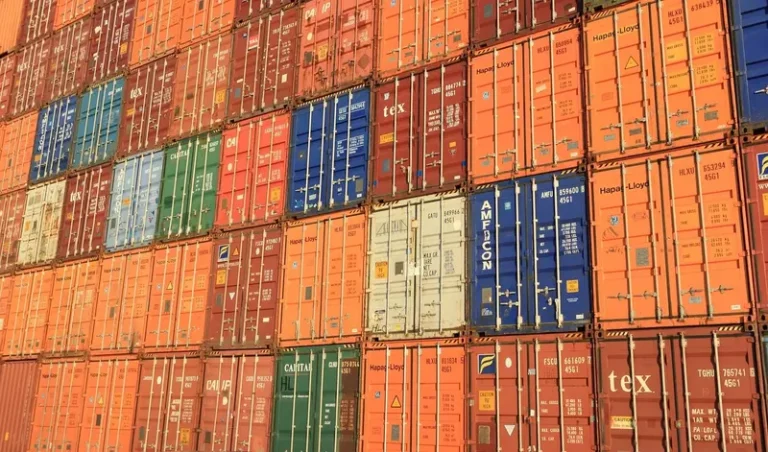The Ultimate Guide to Supply Chain Risk Management: Strategies, Tools & Best Practices
Table of Contents
Supply chain disruptions can happen anytime. A supplier delay, a cyberattack, or an unexpected port shutdown can throw operations into chaos. Without the right risk management strategies, businesses face shipment delays, rising costs, and lost revenue.
“Supply chain disruptions occur when unexpected events happen, and addressing them requires a multi-layered approach. The first layer is visibility. Data must be well-organized at a fundamental level,” says Gautam Prem Jain, CEO of GoComet. Without visibility, businesses react too late, turning small issues into major setbacks.
This guide breaks down supply chain risk management, why it matters, and how businesses can stay ahead of disruptions.
What Is Supply Chain Risk Management?
Supply chain risk management (SCRM) is the process of identifying, assessing, and reducing risks in supply chain operations. These risks include supplier failures, geopolitical issues, cybersecurity threats, and natural disasters. A strong risk management plan helps businesses avoid delays, financial losses, and reputational damage.
Why Risk Management in Supply Chain Is Crucial in a Globalized Market
Global supply chains are complex and vulnerable to disruptions. A single weak link, such as a supplier delay or a cyberattack, can cause widespread issues. Without risk management, businesses face higher costs, production halts, and lost customers.
You must prepare for changing regulations, currency fluctuations, and transportation bottlenecks. Ignoring these risks can lead to shipment delays and supply shortages. A proactive strategy helps prevent disruptions and keeps operations running smoothly.
To build resilience, businesses should diversify suppliers and track shipments in real time. Automating risk assessments can detect threats before they escalate. Strong cybersecurity measures also protect critical data and systems.
By managing risks effectively, companies minimize losses and ensure business continuity. A structured approach reduces downtime and improves supply chain reliability. Staying ahead of disruptions helps maintain customer trust and long-term stability.
Identifying Key Risks in Supply Chain Management
Supply chains face multiple risks that can disrupt operations and increase costs. Understanding these risks helps businesses take proactive measures. Below are the most common threats that impact supply chain stability.
Common Threats to Supply Chain Operations
Natural disasters, political instability, and cyberattacks can disrupt shipments. Earthquakes, floods, and hurricanes halt production and delay transportation. Trade wars, sanctions, and unstable governments create uncertainty and impact supply chains. Cybersecurity threats, like ransomware attacks and data breaches, expose sensitive information to hackers.
Supplier and Operational Risks
Suppliers may face delays, quality issues, or financial instability. Logistics failures, production inefficiencies, and compliance breaches create additional risks. Supply chain risk analysis helps businesses detect weak points and prepare solutions.
Technological and Cybersecurity Risks
Digital supply chains are vulnerable to cyber threats. Hackers target software, IoT devices, and cloud systems to steal or disrupt data. Stronger cybersecurity, system audits, and real-time monitoring are essential for protection.
Proven Strategies for Mitigating Supply Chain Risks
Effective risk management prevents disruptions and ensures smooth operations. Implementing key strategies helps businesses stay resilient in unpredictable markets. Below are industry best practices for reducing supply chain risks.
Industry Best Practices for Risk Prevention
- Diversifying Suppliers: Relying on multiple suppliers reduces dependency on a single source.
- Real-Time Monitoring: Using supply chain risk management software helps track shipments and detect issues early.
- Compliance Audits: Regular assessments ensure suppliers meet regulatory and quality standards.
Mitigating Supply Chain Disruptions in the Red Sea Crisis
The Red Sea crisis disrupted global supply chains as commercial vessels were forced to reroute due to geopolitical tensions. This led to shipping delays, rising freight costs, and inventory shortages. Many companies struggled to adjust, especially those relying on just-in-time logistics.
A leading textile manufacturer faced production halts and losses of $2.5 million per week due to delayed raw material shipments. With their safety stock running low, they needed an immediate solution. Using GoComet’s Predictive ETA, the company gained accurate visibility into shipment delays. This helped them adjust production schedules, optimize inventory, and prevent further disruptions.
Another global tire manufacturer faced customer dissatisfaction due to delayed deliveries. Without clear ETAs, customers struggled to plan production. By leveraging GoComet’s real-time shipment tracking, they provided accurate ETAs to customers, improving transparency and trust. These solutions highlight the importance of real-time visibility and predictive insights in mitigating supply chain risks.
Leveraging Technology for Smarter Supply Chain Risk Management
Technology plays a crucial role in mitigating supply chain risks. AI, predictive analytics, blockchain, and IoT help businesses anticipate disruptions and enhance operational resilience. These tools provide real-time insights, automation, and secure tracking, ensuring supply chain continuity.
Advanced Tools and AI-Driven Risk Mitigation
AI-powered software predicts disruptions, automates risk assessments, and optimizes inventory. Machine learning analyzes historical data to identify potential threats before they escalate. This allows you to adjust operations proactively and reduce unexpected delays.
How Predictive Analytics Enhances Supply Chain Resilience
Predictive analytics helps businesses anticipate risks by analyzing weather patterns, market trends, and geopolitical events. You can minimize downtime by adjusting shipments, stock levels, and supplier strategies in advance. This data-driven approach ensures smoother operations and reduces losses.
Blockchain & IoT: The Future of Risk Management
- Blockchain: Creates tamper-proof records, enhancing transparency and security across the supply chain.
- IoT Sensors: Provide real-time shipment tracking, ensuring goods remain compliant and secure.
Building a Resilient and Sustainable Supply Chain
A strong supply chain can adapt to disruptions and maintain operations. Businesses must plan ahead, collaborate with partners, and invest in automation. This ensures stability, efficiency, and long-term growth.
How to Strengthen Supply Chain Resilience Against Disruptions
- Create Contingency Plans: Relying on one supplier or shipping route is risky. Backup suppliers and alternative routes prevent delays. This keeps shipments moving even during disruptions.
- Example: During the 2021 semiconductor shortage, Toyota mitigated risks by securing alternative suppliers and stockpiling critical components. This strategy allowed them to maintain production while competitors struggled.
- Enhance Collaboration: A disconnected supply chain slows decision-making. Real-time data sharing improves coordination with suppliers and carriers. Faster responses minimize operational delays.
- Example: Unilever uses AI-powered demand forecasting to improve supplier communication. This helps them prevent stock shortages and optimize inventory across global markets.
- Invest in Automation: Manual processes cause inefficiencies. AI-driven tools predict disruptions and reduce human errors. Automated workflows improve decision-making and speed up processes.
- Example: Amazon leverages robotics and AI in its warehouses to speed up order fulfillment. This reduces delays, cuts costs, and improves accuracy in inventory management.
Sustainability & Ethical Considerations in Risk Management
Sustainable sourcing reduces risks and improves compliance. Ethical labor practices protect brand reputation and prevent supply chain disruptions. Companies using carbon tracking and energy-efficient logistics lower costs and meet regulatory standards.
- Example: IKEA has committed to sourcing all its wood from sustainable forests. This ensures long-term material availability and aligns with environmental regulations.
- Example: Patagonia prioritizes ethical labor practices by using fair-trade certified factories. This reduces risks of supply chain disruptions due to labor violations.
Actionable Steps to Improve Your Supply Chain Risk Management
A strong risk management strategy helps businesses anticipate disruptions and respond quickly. The right tools and processes improve supply chain resilience. Below are key steps to enhance risk management.
Quick Checklist for Risk Identification & Mitigation
- Identify Critical Risks: Analyze vulnerabilities in suppliers, logistics, regulations, and geopolitical factors. Focus on risks with high potential impact.
- Assess Supplier Reliability: Regularly evaluate supplier financial stability, delivery performance, and compliance. Diversify sources to minimize disruptions.
- Implement Risk Solutions: Use real-time tracking, predictive analytics, and automated compliance tools to enhance visibility and decision-making.
- Regularly Update Strategies: Review and adjust mitigation plans, emergency protocols, and supplier contracts to stay prepared.
Tools & Strategies You Can Implement Today
- GoComet’s GoTrack: Provides real-time container tracking to prevent shipment delays.
- AI-Based Predictive Analytics: Forecasts potential disruptions by analyzing market trends, weather conditions, and geopolitical events.
- Automated Compliance Checks: Ensures regulatory adherence and prevents shipment delays due to documentation issues.
The Future of Supply Chain Risk Management
Supply chain risks are constantly evolving, and businesses must stay ahead with proactive strategies. Technology, automation, and sustainability will shape the future of risk management. Here are key trends to watch.
Emerging Trends & Innovations to Watch
- AI-Driven Risk Modeling: Predicts disruptions with greater accuracy by analyzing real-time and historical data.
- Decentralized Blockchain Networks: Provides secure, tamper-proof tracking for better transparency and fraud prevention.
- Green Supply Chains: Reduces long-term risks by integrating sustainability into logistics, sourcing, and operations.
Final Takeaways for Strengthening Your Supply Chain
- Proactive risk management ensures long-term stability and prevents costly disruptions.
- Advanced tools like predictive analytics and AI-powered tracking improve visibility and decision-making.
- Sustainable practices help businesses comply with regulations and build a resilient supply chain.
Disruptions are inevitable, but losses don’t have to be. Businesses that leverage technology, predictive insights, and sustainable strategies will stay ahead and keep operations running smoothly.





